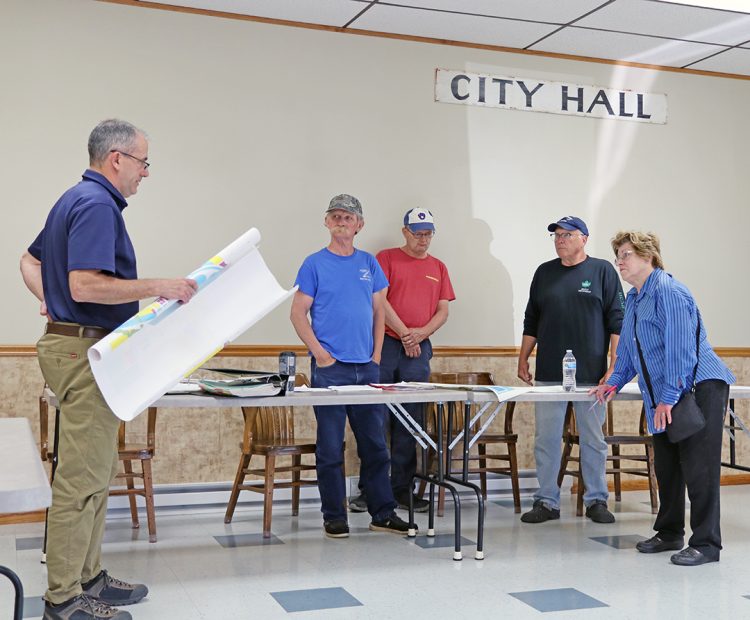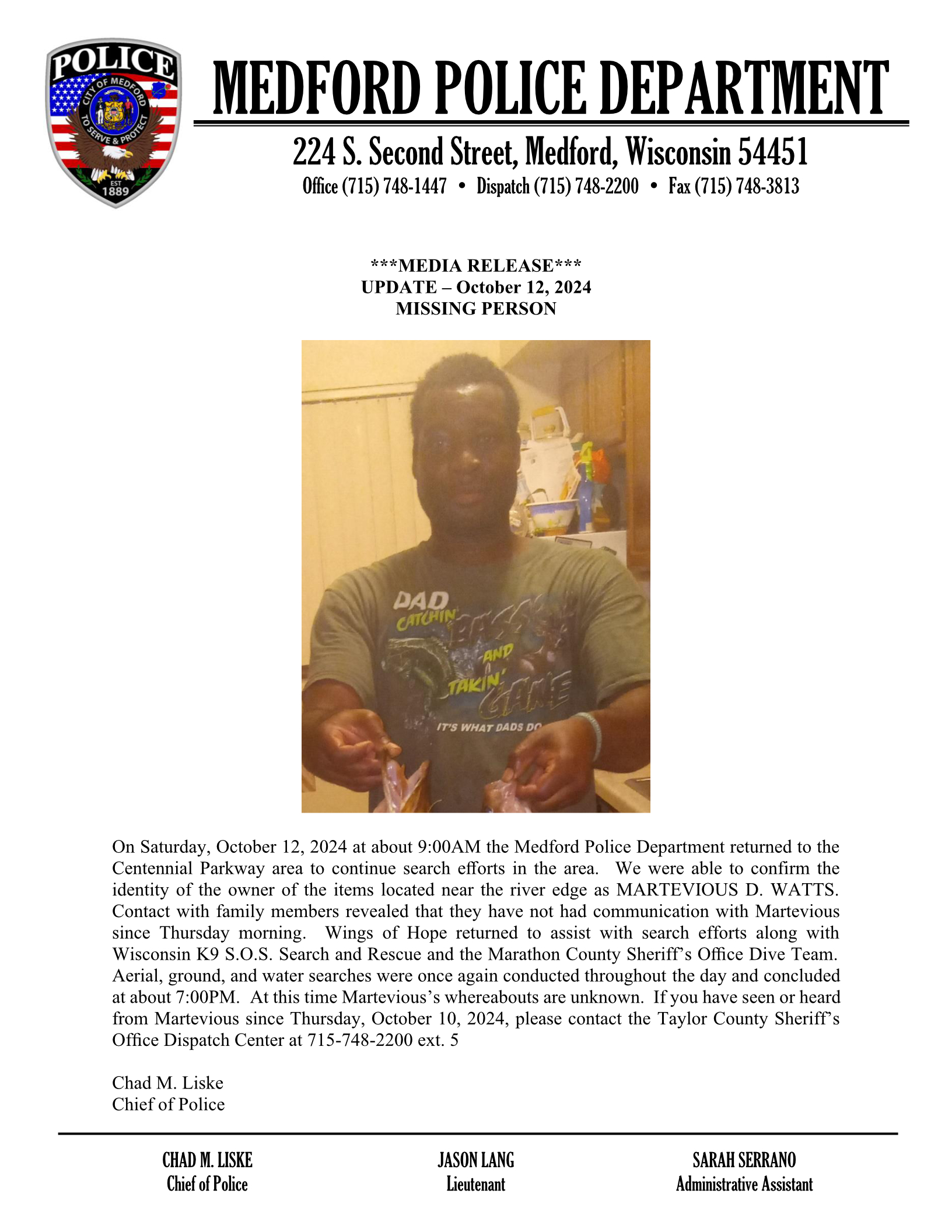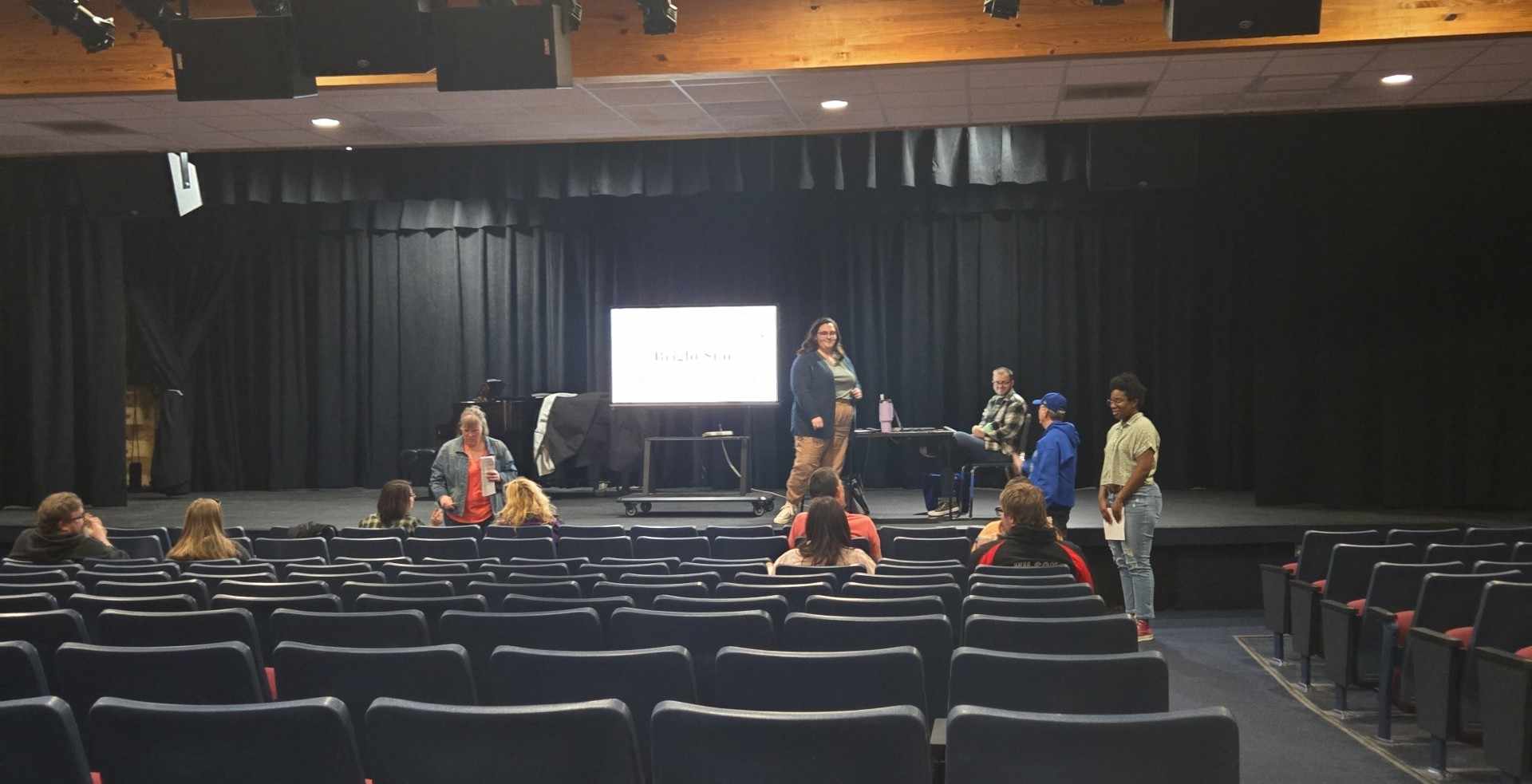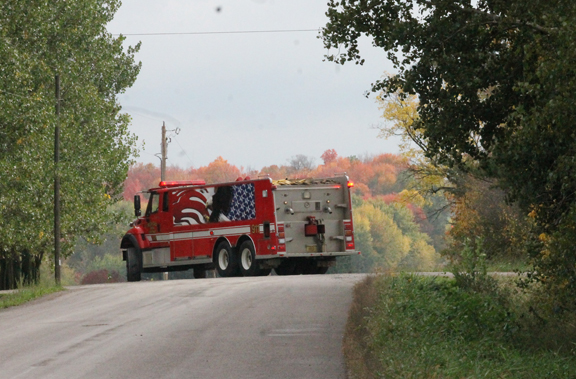Twin home concept getting closer to reality in Cornell


Cornell city administrator Dave DeJongh (far left), showed members of the Planning Commission, left to right, mayor Mark Larson, Steve Turany, John Smith and Bonnie Selmer, what zoning looks like on the map. Photo by Ginna Young
By Ginna Young
With some interest in lots on Cornell’s Brunet Estates from a local developer, the Planning Commission met June 8, to discuss an ordinance on allowing twin homes. Since the lots would be for a twin home – which is essentially a duplex in design – each structure has a shared interior fire wall, where there’s zero setback.
The city has an ordinance dealing with zero setback walls in the commercial district, but none for residential.
Unlike a duplex, where the owner rents out each side, a twin home is where each side is owner occupied. The green space is also divided.
“I think there is a need for that type of thing,” said city administrator Dave DeJongh.
Bonnie Selmer, commission member, asked if people are moving to Cornell.
“There are some good signs,” said DeJongh. “Right now, the housing market is strong.”
The proposed ordinance was drafted by the city attorney, based on ones done for other municipalities. Wording of the proposed ordinance was standard, such as requiring a minimum building width of 24 feet.
However, the commission did strike the line that “electric baseboard heating units shall not be used as a source of heat for the dwelling units.” The interested developer did not want to limit himself and members felt it was alright to let homeowners choose their own method of heating their house.
Commission member Steve Turany also questioned if the ordinance had to state that an attached garage was required. DeJongh pointed out that a lot the size in question at Brunet Estates wouldn’t allow for a detached garage.
“These are one-third acre lots,” said DeJongh.
DeJongh also said establishing a new ordinance takes time, as it must be published twice in the paper, before the Planning Commission holds a public hearing to hear any concerns.
“It’s a lengthy process,” said DeJongh.



